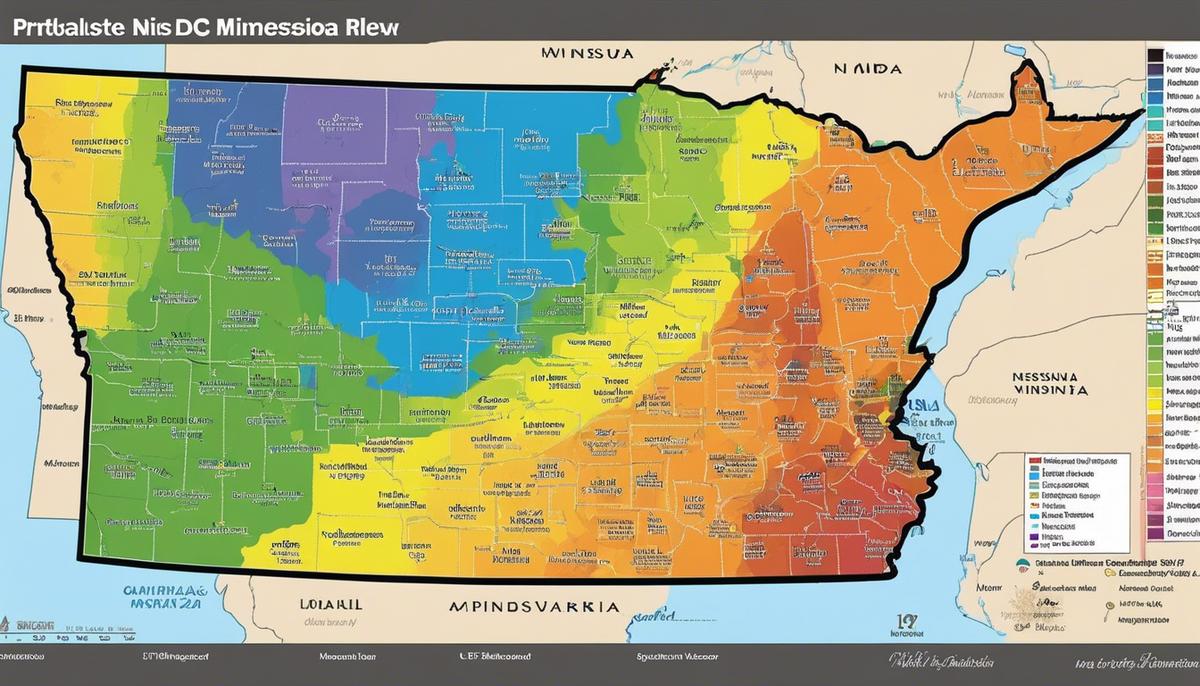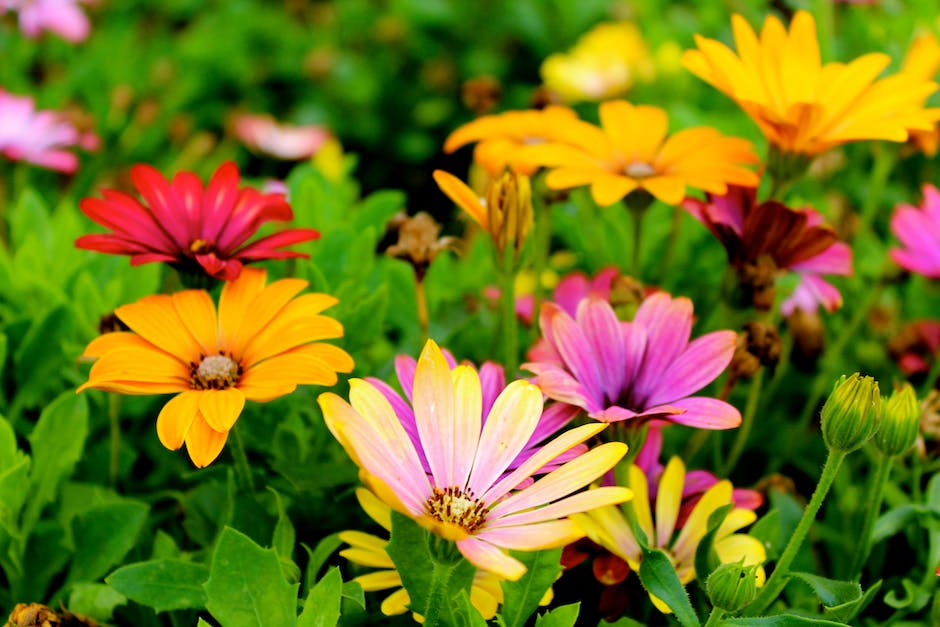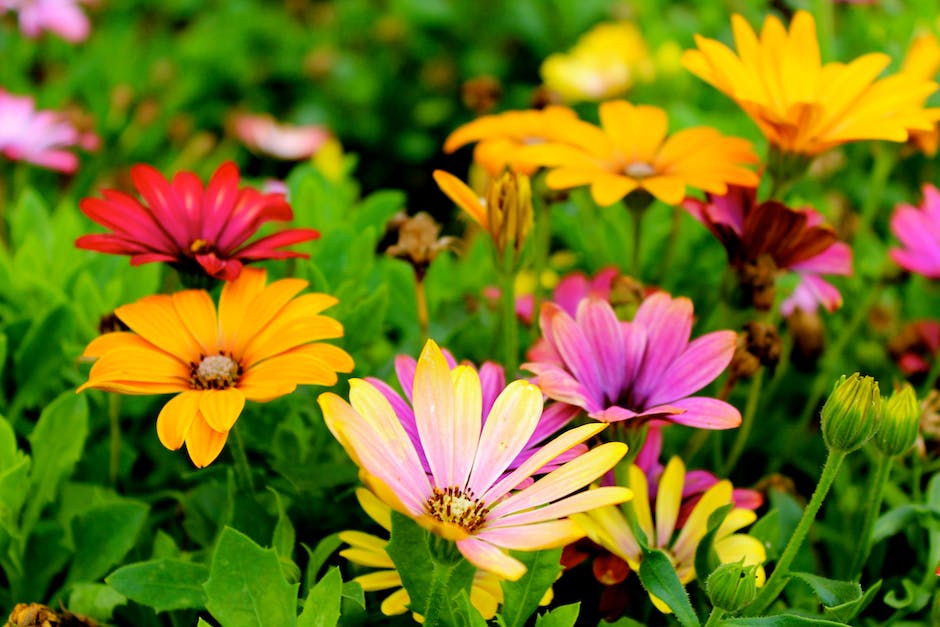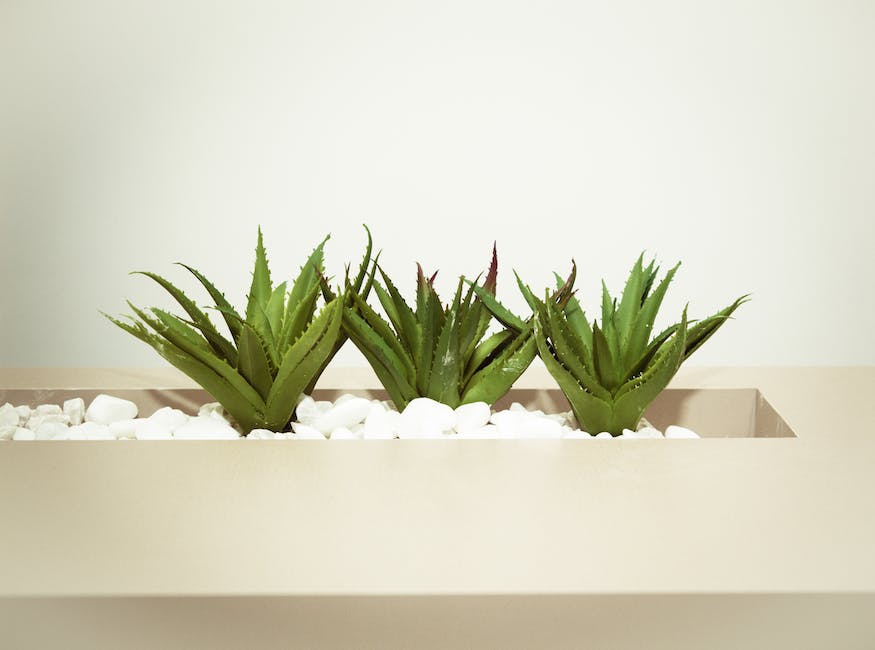Understanding Minnesota’s Planting Zones: A Gardener’s Guide

Gardening is a fruitful and rewarding hobby, but to be successful, it requires a nuanced understanding of the environment where one’s plants will grow. One of the essential factors to consider is the USDA Plant Hardiness Zone, a critical indicator of which plants can thrive in a particular location. This is particularly true in a state like Minnesota, which features a diverse range of zones. In this article, we will break down the USDA Hardiness Zones used in Minnesota, explain what they mean for growing conditions, and delve into the types of plants that are best suited to each zone. Whether you’re a seasoned gardener or a novice looking to dip your fingers into the earth for the first time, this guide will equip you with the necessary knowledge to garden effectively in the diverse climate of Minnesota.
USDA Hardiness Zones in Minnesota
In the world of gardening, one of the greatest debates, which transcends all lines – be it geographical, generational, or personal preference – is whether it’s best to just plant and hope for the best, or to make your garden bloom marvelousness by understanding the science behind it. In this case, the science we’re referring to is rooted in the knowledge of the USDA Hardiness Zones.
Understanding the USDA hardiness zones is like turning your garden into a science lab – an exciting adventure of understanding growth patterns and planting compatibility. But let’s not get ahead of ourselves and start at the beginning; what is a USDA Hardiness Zone?
The USDA Hardiness Zone map, created by the United States Department of Agriculture, is a guide that us garden aficionados treasure. It provides invaluable information about the average minimum winter temperatures for specific geographical regions. This nifty tool assists gardeners in determining which plants are most likely to thrive in a particular location.
Shifting our focus to Minnesota, one of the states known for its rich geographical diversity, there is a wide spectrum of Hardiness Zones. From the Northern Arrowhead region, heavily influenced by the colder temperatures of Canada, to the Southern and central regions blessed with comparatively moderate climates, Minnesota’s Hardiness Zones range from 3a in the north to 4b in the center and 5a in the south.
The zones, coded by numbers and letters, correspond to a range of minimum temperatures. For instance, Zone 3a experiences bone-chilling lows of -40 to -35 degrees Fahrenheit, while Zone 5a, embracing the southern end of the state, comparatively has milder winter lows of -15 to -20 degrees Fahrenheit.
Planting in accordance with these zones could mean the difference between a thriving, radiant garden, and a disappointing display of bare branches. A typical Minnesota gardener might consider hardy trees like Tamarack, Balsam Fir, or Paper Birch, especially in the northern zones. Mid-zone gardeners can attempt Northern Red Oak, or Sugar Maple. Heat-tolerant Silver Maple or River Birch might be more suitable for the southern zones.
Remember, knowing your Hardiness Zone is just the first step in the art of gardening. It’s vital to also take into account factors like soil type, moisture levels, sunlight availability, and the individual requirements of each plant species.
Should you wish to defy these guidelines, and step out of the confinements of your hardiness zone, remember, risk can bring exceptional beauty. However, it can also claim the life of an unsuspecting plant that simply wasn’t equipped to handle the harsh realities of a Minnesota winter. In encouraging the growth of our gardens, let us also encourage the growth of our knowledge. Happy planting!

The Best Plants for Each Zone
Diving further into selecting the best plants for each Hardiness Zone in Minnesota, it becomes an exciting challenge of balancing local conditions with plant preferences. The understanding of these zones and plant hardiness is a garden’s North Star, guiding every decision from seed selection to harvest time.
Let’s start with Zone 3a, glorious in its frosty chill and home to resilient native species. Deciduous perennials like the Canadian Columbine (Aquilegia Canadensis) or evergreens like Red Pine (Pinus Resinosa) remain a staple, thriving under the harshest of conditions. For vegetables, think about the hardy types such as radishes, lettuce, and spinach – they don’t mind a cold start and can even survive light frosts.
Moving slightly south, we get to Zone 4a. This zone spells gardeners’ delight, providing broader options. Garden treasures such as the Vivid White Hydrangea (Hydrangea Arborescens) or the Red Assassin Daylily (Hemerocallis) add colorful depth to gardening. For edible plantings, consider cool-season crops like potatoes and broccoli, these can make it even with light frosts.
Adventuring into Minnesota’s most southerly zone, 5a, gardeners are blessed with extended warm seasons. It’s a zone where both familiar faces and exotic species mingle blissfully. One can easily grow flowering plants like the Japanese Maple (Acer Palmatum) or Jewelweed (Impatiens Capensis). Regarding edibles, Zone 5a is suitable for warmer season crops such as corn, tomatoes, and peppers which need plenty of sunshine and warmer temperatures.
However, knowledge of hardiness zones is just one piece of the puzzle. Other aspects like microclimates, consideration of sunlight exposure, soil pH, and moisture levels, convene to paint the full picture of your gardening landscape. For instance, ferns may prefer shady, damp nooks, whereas sunflowers chase the daylight with persistent fervor.
Remember, every so often even the most diligent gardener may want to experiment and push the boundaries. Want to grow olives (Olea Europaea) in Minnesota? Try a pot on a sunny patio, where you can move them inside once Jack Frost starts knocking. Or, think about espaliered apple trees (Malus Domestica) to create horticultural art while maximizing limited space.
Ultimately, selecting the best plants for your garden is all about understanding the local climate and the plant’s lifestyle, their desires and dislikes, their dreams of sun or shade. It’s about opening up a dialogue with nature, learning its cues, and nurturing life from the seemingly stubborn soil. No matter the zone, gardening is an exercise in patience, curiosity, and yes, an abundance of the greenest of thumbs.

Transitioning Plants Between Zones
Masterfully Transitioning Plants Between Hardiness Zones
Venturing into the world of gardening is not just about getting our hands muddy, it’s about embracing the challenges of putting life into our homes and landscapes. Transferring plants between hardiness zones presents one such challenge. This is where our green thumbs are put to the test; truly, a gardener’s work is never finished!
To successfully transition plants between hardiness zones, a deep understanding of plant behavior, climate, and soil requirements is crucial. Equally important is the understanding of climatic conditions of the new zone. It’s not simply about “attempts and outcomes” but about planning and strategy as well.
The trick here is acclimatization. Similar to humans adjusting to new environments, plants too require time to adapt, demanding a gradual adjustment phase. When transferring plants to a colder or warmer zone, start by acclimatizing them indoor first. Gradually expose the plant to the new environment, allowing it to build resiliency over time.
Moving on, let’s delve deeper into plant-specific tips. For example, succulent aficionados should consider Sempervivum, Sedum, or Yucca, all of which can withstand lower temperature ranges and arid conditions usually found in Zone 3a. Consider investing in resilient evergreens like the Eastern Red Cedar or Siberian Spruce that endure wide temperature variations found in Zone 4a or 3a.
Transitioning edible plants is another exciting gardening feat, if you are in warmer zones, such as Zone 5a or 4a, cool-season crops like cabbage, peas, and kale might will do well. As we move to warmer zones, peppers or watermelons make great choices for their heat-tolerance and important pollinator attraction.
The phenomenal art of Espalier can be practiced with apple trees. It is an effective way to grow fruit trees in limited spaces and colder regions like Zone 3a. Rendering a spatially efficient and aesthetically pleasing aspect to your garden, espaliered trees can thrive in many degrees of hardiness zones.
Believe it or not, olives can indeed be grown in the cooler climates of Minnesota. Planting an olive tree in a moveable container is recommended; this allows for flow between indoor during winter and outdoors in warmer months, mimicking the temperature requirements of Mediterranean-like Zone 5a.
The concept of microclimates can be well-played here. Utilizing windbreaks or warmer walls can help establish smaller warm zones within a cooler garden, providing a safe haven for warmth-loving plants.
Sunlight exposure, soil pH, water availability, and other individual plant needs should not be overlooked. Amending soils and optimizing water usage can go a long way in facilitating plant transitions between hardiness zones.
Finally, one broadly applicable tip: Embrace the uncertainty of experimentation. Push the boundaries; you may sometimes fail, yet other times, it may yield impressive results. Remember: a portion of gardening is indeed about science, and the rest? Well, it’s pure magic.
Happy gardening!
Note: Always consult with your local extension services for more detailed guidance on plant transitioning between different zones.

We’ve engaged in a thorough exploration of the USDA Hardiness Zones in Minnesota, a critical aspect of successful gardening in the state. We’ve looked at the different zones, their climates, and most importantly, we’ve provided insight into suitable plants for each zone and useful tips regarding their cultivation needs. This information will undoubtedly serve as a valuable resource for selecting, growing, and caring for plants in your Minnesota garden. Additionally, we’ve shed light on the less-discussed topic of transitioning plants between zones, arming you with the knowledge to navigate such changes successfully. So whether your thumbs are green or not, with this comprehensive guide, your Minnesota garden has every chance to flourish into a well-adapted, vibrant sanctuary for your preferred plants.



